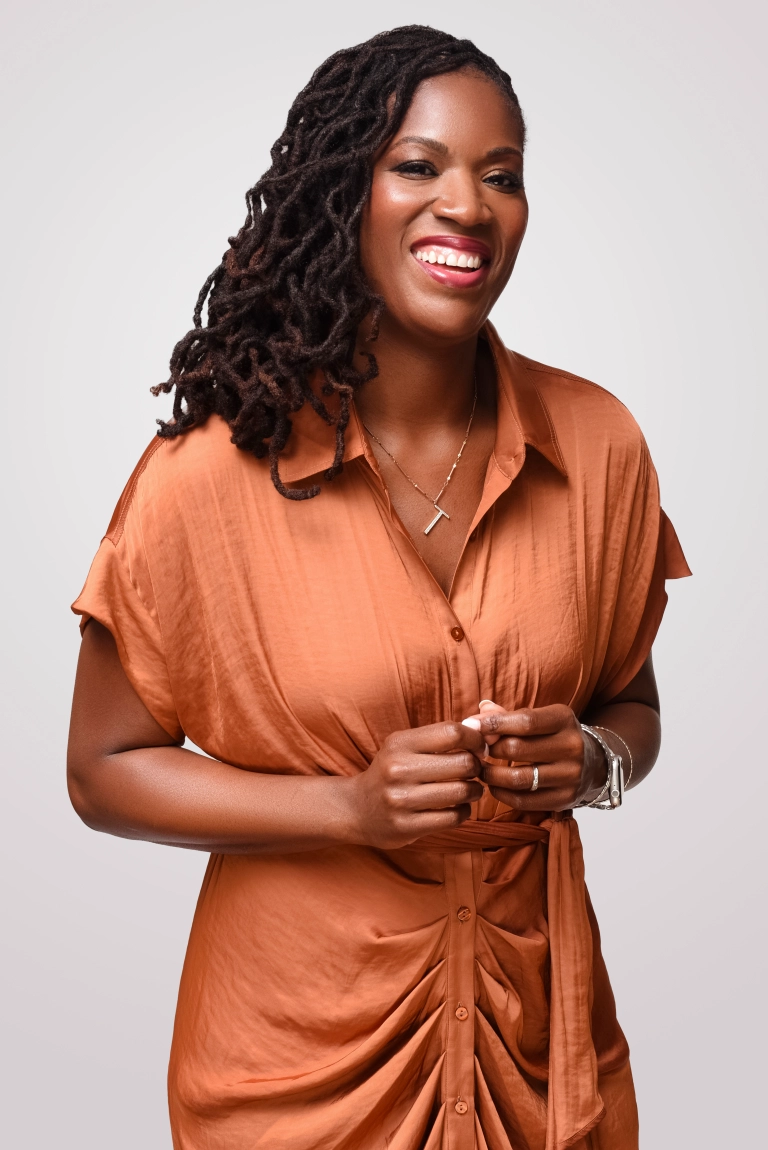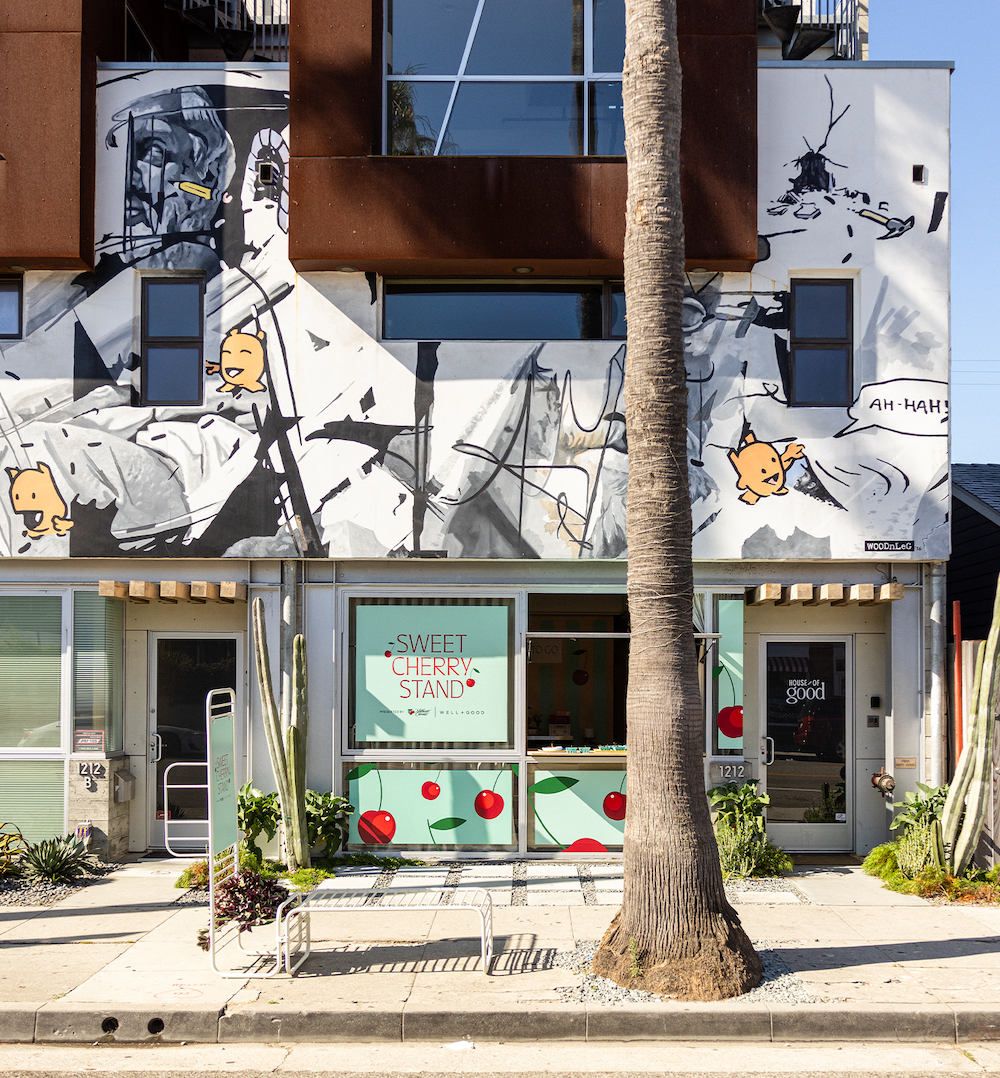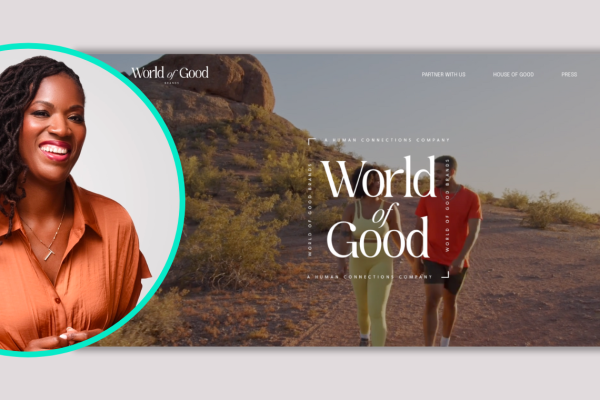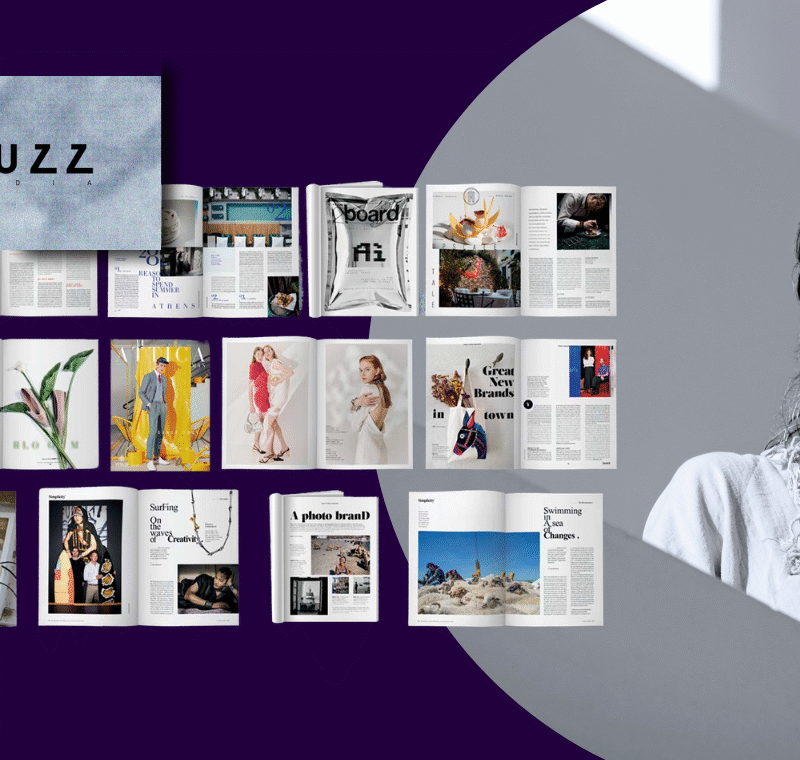Beyond yoga mats: how World of Good is redefining the wellness space
Faye McCray, formerly of RVO Health, has just been appointed Head of Content at health and fitness brands Well+Good and Livestrong.com. Here, she explains her plans to engage even more meaningfully with diverse audiences – and shake up the status quo.
What changes do we need to see in the communication of fitness and wellness information?
Emerging from the pandemic, health, fitness, and wellness were top of mind for all of us. Not only were we leaning more into our autonomy to make health decisions for ourselves and our families, but we were also looking for information outside of our doctor’s offices. Unfortunately, while we were seeking answers, many of us also encountered misinformation. As digital health and wellness brands, we really have a responsibility to prioritise combating misinformation. We need to prioritise expert-backed information that is both trustworthy and inclusive. There is no ‘one size fits all’ solution when it comes to health and wellness. We have to make sure the answers we provide consider the intersectional, differently abled, and diversifying community that is searching for answers.

What plans do you have to build on Well+Good and Livestrong’s work in this space?
Both brands have been an authority in the health and wellness space for some time. Well+Good was one of the first fully dedicated sites to wellness back in 2009, and it continues to set the standard for wellness journalism. I’m excited to build on that and expand the ways we meet the needs of our audience by developing our commerce capabilities and continuing to deliver on our well-known offerings like our annual trends report and digital issues.
Livestrong.com has long been a recognised expert in fitness and movement health, and we are launching an expert network that helps us double down on the important health information we’re publishing – to allow us to continue the conversation on healthy longevity. We want to be a trusted partner as our readers seek to prevent and manage health conditions.
How will you develop content to engage with your audiences?
We are recommitting to health and wellness equity as core to what we create, so are currently considering innovative ways to engage diverse audiences. We plan to actively seek voices and ideas from groups that may not be historically represented in the fitness, health, and wellness space. Editorially, we want to redefine what it means to seek wellness – beyond green juice and yoga mats.

You have worked extensively on diversity and health equity. What have you learned from this, and how will it form part of World of Good’s future strategy?
Working in the health equity space was truly a privilege. What I have learned is that it is vital to the success of any equity strategy to embed equity efforts at every inflection point – from ideation, to testing, to marketing to execution. It isn’t just the right thing to do, it is good business. Going forward, diverse and underrepresented audience strategy will be core to what we do. As we create content, we will be asking who is most at the margins of this and how we can create with those folks top of mind.
World of Good describes itself as a ‘narrowcaster’ rather than a broadcaster. What does this look like?
It’s about focus on what we do well, for a defined audience. Well+Good is committed to building trust and expertise in the wellness space. Livestrong.com has the same commitment for health, fitness, and nutrition. We know the space we occupy, and we will continue to lean into that expertise for our community and our readers.

How does World of Good (and Well+Good/Livestrong in particular) develop relationships with and understanding of its audiences?
We are continuing to build trust by increasing visibility into our content creation process – such as through our expert network on Livestrong.com, or our commitment to telling diverse stories across both sites. This is important to us. However, it is also important to listen to our audience – and we do that by paying attention to social media or feedback on the content our readers find helpful.
It is becoming more common, especially in health and wellness brands, for more experiential elements to play a key role in audience engagement…
Yes, and we are thinking of ways to bring experiential components to our editorial tent poles at House of Good, our space located in Venice, CA. We feel that partnerships will play an important part of building meaningful relationships with the community, and we are also eager to lean even further into ecommerce, to help our readers find solutions they need and can act upon.


What challenges do you anticipate in the near future?
As with most media companies, there is a real question mark over how to integrate new tech innovation and the changing search landscape into how we seek out and engage with our audience. I’m excited to spark new conversation and redefine and embrace new ways to seek wellness – I think there is a real opportunity to challenge the status quo.
You are considered a thought leader in this space – what does that mean to you?
It is an honour. Every day we make choices that add and detract from our overall health and wellbeing. It is a privilege to be able to help our readers make those choices without stigma and without judgment – and as a trusted partner on their journey to better health and wellness. I am incredibly proud of the passion and dedication our teams pour into what we create. I hope we continue to spark thought, conversation, and action.


![[New!] FIPP Global AI in Media Tracker – November 2025](https://www.fipp.com/wp-content/uploads/2025/06/articles-header-800x760.png)





